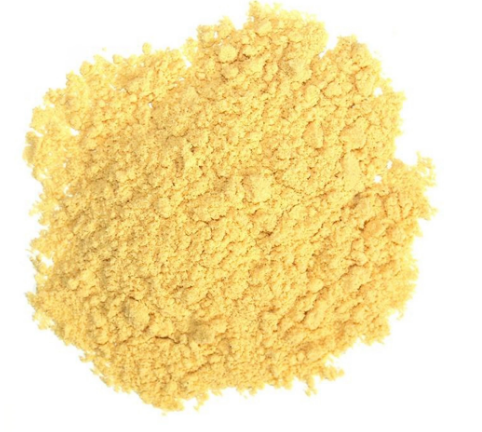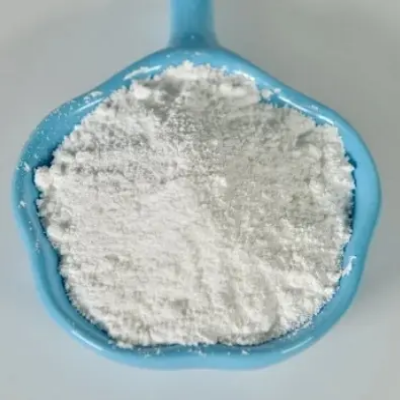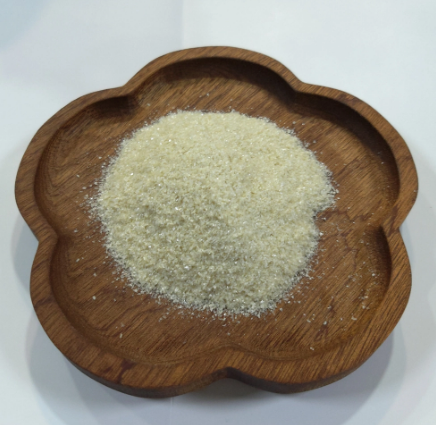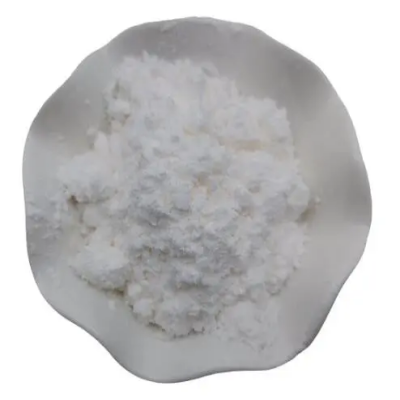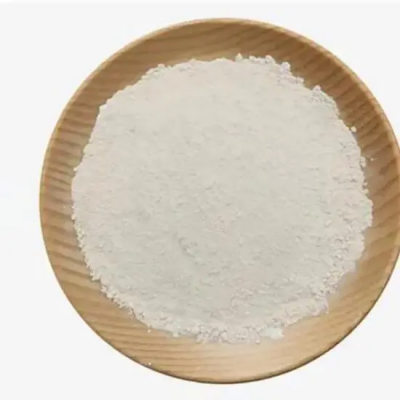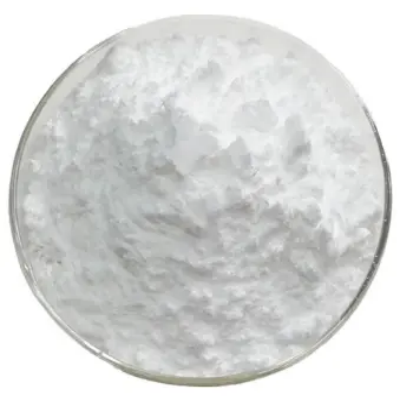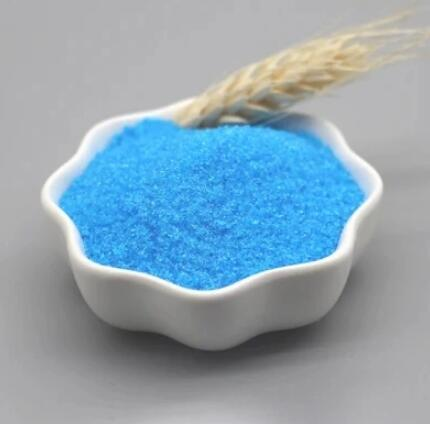NBD chloride CAS:10199-89-0
Covalent labeling: NBD chloride can form covalent bonds with nucleophilic groups in biomolecules, such as primary amines, thiols, and hydroxyl groups. This allows for specific labeling of these biomolecules for detection and imaging purposes.
Fluorescence enhancement: When NBD chloride reacts with nucleophiles, it forms a fluorescent NBD-labeled product. This labeled product exhibits strong fluorescence emission, making it useful for visualization and tracking of labeled molecules.
Sensitivity and specificity: The fluorescence emission of NBD-labeled products is highly sensitive, allowing for the detection of low amounts of labeled molecules. Furthermore, the covalent bond formation between NBD chloride and nucleophiles provides specificity, as it ensures a stable and specific attachment of the dye to the target biomolecule.
Biomolecule labeling: NBD chloride can be used to label various biomolecules, including proteins, peptides, nucleic acids, and other small molecules. This enables researchers to investigate the localization, dynamics, and interactions of these biomolecules in biological systems.
Fluorescence microscopy: NBD-labeled biomolecules can be visualized using fluorescence microscopy. This technique allows for the observation of labeled molecules at the cellular or subcellular level, providing valuable information about their distribution and behavior.
Flow cytometry: NBD-labeled biomolecules can be analyzed and quantified using flow cytometry. This technique allows for high-throughput analysis of labeled cells or particles, providing information about the expression levels or surface properties of the labeled biomolecules.
Protein labeling and tracking: NBD chloride can be used to label specific amino acid residues or functional groups in proteins. This enables researchers to study protein structure, folding, dynamics, and interactions in real-time.
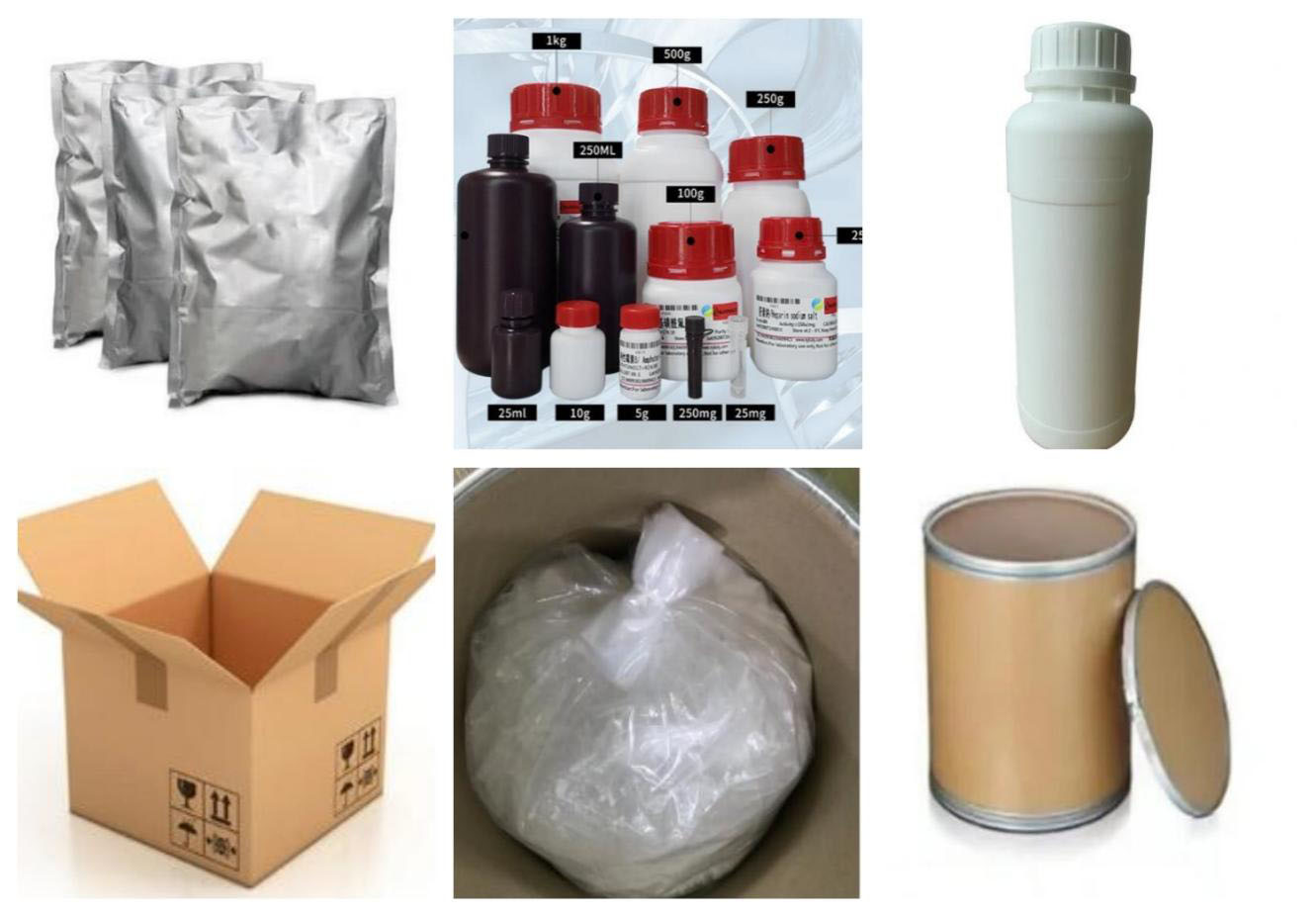
| Composition | C6H2ClN3O3 |
| Assay | 99% |
| Appearance | Yellow powder |
| CAS No. | 10199-89-0 |
| Packing | Small and bulk |
| Shelf Life | 2 years |
| Storage | Store in cool and dry area |
| Certification | ISO. |


